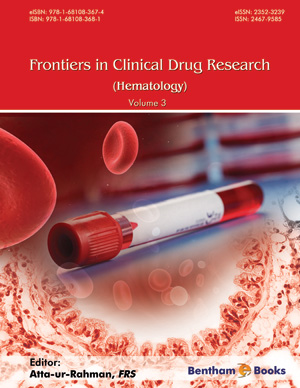Abstract
Hematological malignancies are the forms of cancer that begin in the cells of the blood- forming tissue, such as the bone marrow. Childhood blood cancers are relatively rare but are still found to be the major cause of death in children aged 1-14. Early detection increases the chances of successful treatment which paves the way to reduce the rate of mortality. Leukemias and lymphomas account for more than one half of new cancer cases in children. Despite major advances – from an overall survival rate of 10 percent to nearly 90 percent today, for many rare cancers, the survival rate is much lower. Enhancement of anti-leukemic efficacy and reduction of treatment related morbidity or mortality can be achieved by targeted therapy, but requires detailed understanding of pathways and genetic defects involved in leukemogenesis.
Keywords: Acute lymphoblastic leukemia, Acute myeloid leukemia, Adolescents, Cancer, Chemotherapy, Childhood, Children, Cytogenetics, Dyspnea, EBV, Etiology, Follow-up, Genetic abnormalities, Hematological malignancies, Hemolytic anemia, Hemolytic uremic syndrome, Hodgkin, Immunophenotyping, Late effects, Leukemia, Leukocytosis, Lymphoma, Non hodgkins, Paediatric cancer emergencies, Paediatric emergiencies, Physician’s role, Sarcoma, Targeted therapy.






















